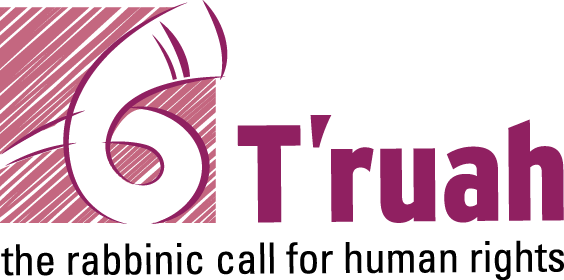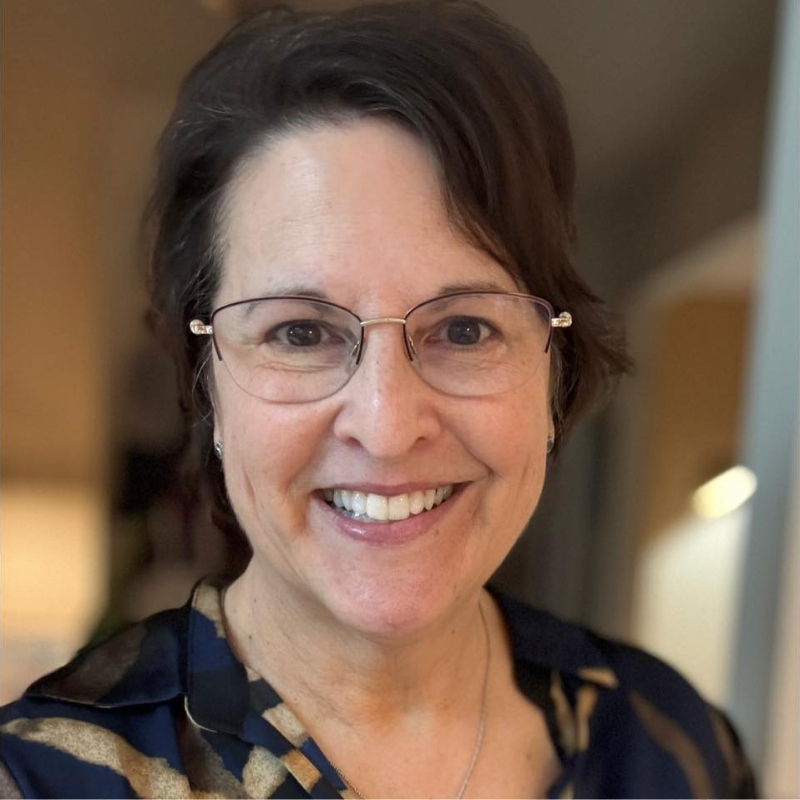This week’s Torah portion, Parshat Emor, is a tragic tale of insiders and outsiders, ending with the public stoning of the outsider. Reading Emor is an opportunity to consider who is on the inside and outside of our own contemporary “camps,” and to write a new ending to the story.
Emor begins with centering the Kohanim, the priests. Kohanim are the ultimate insiders, dwelling near the center of the Israelite camp and continuing for centuries to be associated with our holiest places. The laws of Emor not only limit their contact with the dead, but demand a “purity” of lineage and perfection of body in order to serve in their roles.
Emor ends with the tragedy of an ultimate outsider: the son of an Israelite woman and an Egyptian man. This man, whom the Torah doesn’t even call by name, goes out, gets in a fight, blasphemes God and is ultimately taken outside the camp where the community lays their hands upon him invoking shades of a sacrifice before stoning him to death — certainly a very disturbing episode that no one wants to chant for their b-mitzvah!
Find more resources for Emor.
Midrashic traditions specify that the Egyptian man who fathered this doomed individual was none other than the Egyptian taskmaster whom Moses struck and killed because he beat an enslaved Hebrew. Moreover, the Egyptian taskmaster had already raped the Hebrew man’s wife, Shlomit. He had seen her and noted that she was beautiful and “had no imperfection,” (no mum). That’s the same term used to qualify a priest for service in our parshah — they could have no mum, no bodily imperfection or “defect.” But in Shlomit’s case, her beautiful body was used as an excuse to victimize her. (Shemot Rabbah 1:28)
Some Midrashim critique Shlomit in a painful way, saying that her name hints that she was too friendly, too outgoing, immodestly greeting men with “Shalom.” She was the daughter of Dibri, a word from the same root as “speech,” in other words, a chatterbox. (Vayikra Rabbah 32:5) Like too many women in history, she was blamed for her victimization.
And what was the source of the immediate fight that led to the blasphemy? Members of the tribe of Dan refused to let Shlomit’s son join their tribal camp, because even though his mother was of their tribe, his father was Egyptian. At least one midrash (Sifra Emor 14:1) has it that he took them to court, and Moses ruled with the tribe against the individual. In his anger and frustration, our nameless man blasphemes the sacred name of God, resulting in his execution. The outsider was destroyed, but I think that the entire community, who couldn’t make room for this individual in their camp, was affected in a way that echoes through time.
I’d be preaching to the choir to note that the devastating consequences of excluding “the other” reverberate through history and are particularly relevant in our current climate of nativism and xenophobia, where human beings are being exiled for their words, and the very term “inclusion” is being banished.
Find more commentaries on social justice, leadership, and philosophy.
But Emor should challenge us more personally, too. This portion brings the opportunity to consider how inclusive we are in our Jewish communities and movements. Almost every synagogue website today includes words like “welcoming” and “friendly.” But I’m not sure it always feels that way to one who lacks the knowledge, resources, or connections to integrate easily into our communities.
Ironically, Shlomit’s son was rejected as a matrilineal Israelite, while today, patrilineal Jews still feel heartbreakingly excluded in many Jewish settings. Our parshah excluded the physically “imperfect” Kohanim from divine service. Today, Jews with differing abilities may find daunting physical or social barriers to participation. Jews of Color and Jews by choice too often find themselves “othered” in the Jewish world. In our polarized society, Jews whose ideological outlooks don’t match their community’s have experienced being pushed to the outside. Even socially progressive communities are sadly not immune from casting out people who don’t fit our standards of ideological “purity.”
For many years, I have worked to combat xenophobia and to support immigrants and refugees through my writing, sermons, and organization affiliations. But such public actions are just part of the spectrum of making outsiders into insiders. I invite you to join me in enacting a tikkun (repair) for the tragedy of Emor by taking every opportunity to expand our tent of Jewish community and bring another outsider in. In a world of loneliness and alienation, we can write a new ending to Emor, one that builds community and affirms life.
Rabbi Julie Hilton Danan is the religious leader of Seaside Jewish Community in Rehoboth Beach, DE. She is a graduate of the ALEPH Rabbinic program and holds a Ph.D. in Hebrew Studies from the University of Texas at Austin. She is a nature photographer and enjoys teaching about Judaism and nature. You can learn more on her website, wellspringsofwisdom.com, or follow her on Instagram (@wellsprings) or Facebook (@juliehiltondanan).

